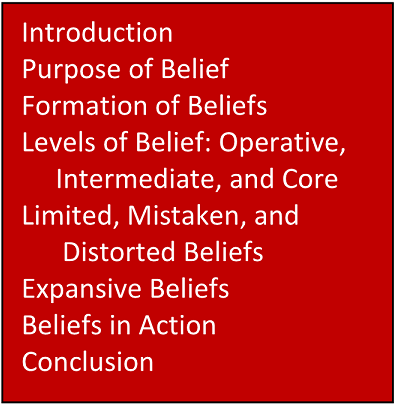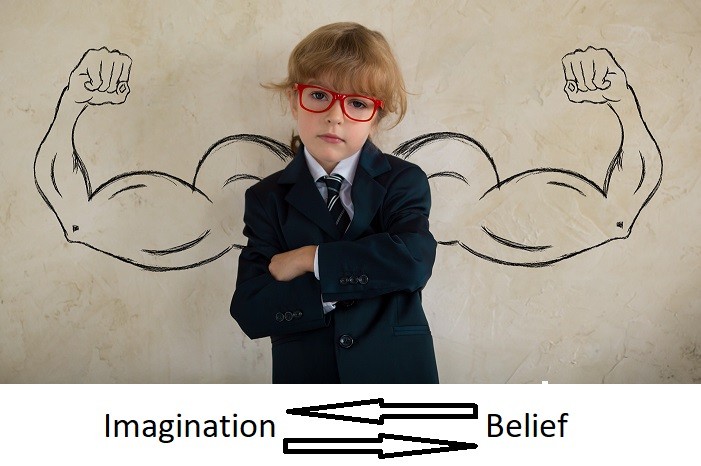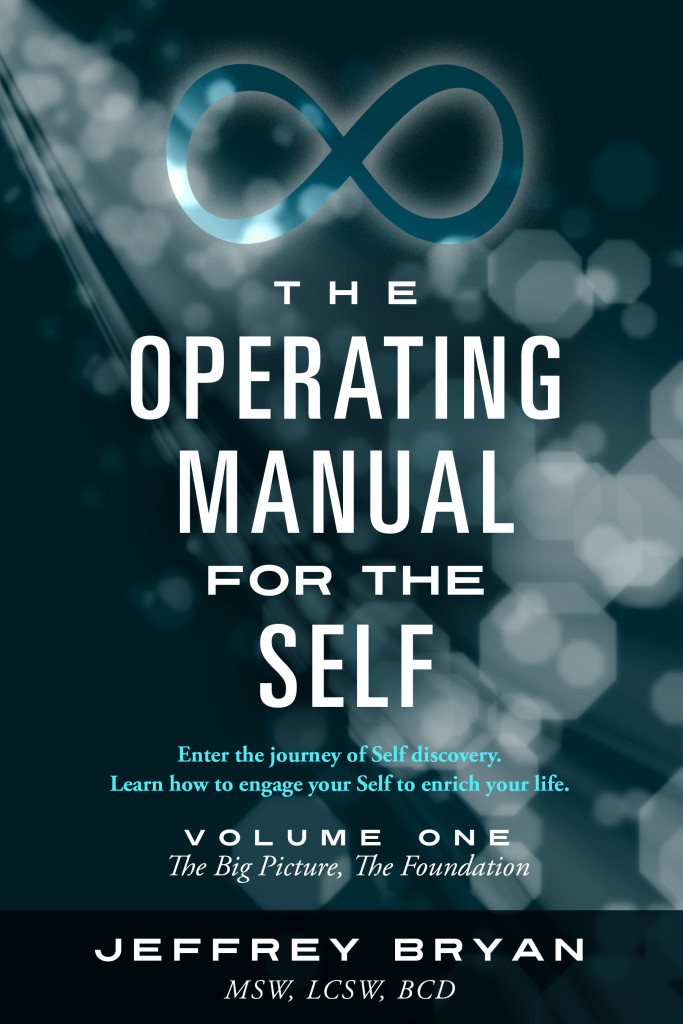Beliefs (Part II) Pdf
INTRODUCTION
Beliefs is a crucial and complex subject that we can only begin to explore. We began our exploration in March with Part I. This month we continue with Part II. We can expand our understanding by recognizing the complexity and importance of beliefs.
PURPOSE OF BELIEFS
Human beings have needs which are: survival, safety/security, belonging/loving, having self-esteem, to create/produce/know, and to self-actualize. We want to know what we have to do to fulfill our needs. From our earliest infancy and throughout our lives, we are trying to understand how the world works, and therefore what we must do to get our needs met. Our beliefs are an important aspect of this understanding.
There are also beliefs whose purpose is to help us avoid pain. These beliefs seem negative. There are beliefs whose purpose is to help us have pleasure. These beliefs seem positive. Beyond pleasure and pain, there are beliefs who purpose is to help us create success, to grow, and to thrive.
FORMATION OF BELIEFS
Beliefs are thoughts that we hold over time. We create them by using our ability to think. To feel safe and secure (a basic need), we seek explanations that help us make sense out of our world. These explanations become beliefs.
There are beliefs that we learn from others. We learn what to believe from statements made directly to us by our parents and other significant people in our lives. We also form beliefs by listening to what is being said by our role models and by observing what they do.
The beliefs we create for ourselves come from our own observations, thoughts, and conclusions. There also beliefs that come from our self-image—who we imagine ourselves to be.
Point of Empowerment: Beliefs learned through identification with our family and important people in our lives, are particularly strong as they a part of our self-definition, our identity.
Beliefs are formed according to the stage of development we are in. We start to form beliefs as an infant and toddler. These beliefs are preverbal and answer the question, “Is the world safe, am I safe?” These beliefs are then stored in the subconscious and unconscious, forming a foundation, a background, that influences how we live. The child’s and adolescent’s beliefs are ego centric, focused primarily on “me and my world”. As we mature our beliefs continue to be formed from our life experiences. As young adults and adults our greater thinking capacity helps us form useful and more accurate beliefs. As seniors and elders, we seek an open mind that allows for a great expansion of beliefs about ourselves and about life.
As we interact with other people we may discover shared beliefs, beliefs we have in common. This reinforces our beliefs as we feel that they are validated. Validation strengthen our beliefs but does not guarantee the correctness of our beliefs.
Point of Empowerment: Beliefs are subjective. They belong to us personally; we own them and are responsible for them. When we accept this, we are empowered to change them as we growth and develop.
LEVELS OF BELIEF
There are different levels of belief ranging from surface beliefs to intermediate beliefs to core beliefs. Surface beliefs can be called operative beliefs, the beliefs that operate each day to determine how we experience life and what we do. Core beliefs give rise to intermediate beliefs which give rise to operative beliefs. Core beliefs are more general and global. Intermediate beliefs link core beliefs with operative beliefs. Operative beliefs apply to the different contexts that we live in and to specific situations. For example:
- Core belief: “I am unlovable.”
- Intermediate belief: “As I date, I feel pessimistic about finding someone to love me.”
- Operative belief: “This person does not like me, I have to reject him/her before he/she rejects me.”
Or:
- Core belief: “I am loveable.”
- Intermediate belief: “As I date, I feel optimistic about finding someone to love me.”
- Operative belief: “I like this person and he/she likes me. I am willing to take the time to get to know her/him.”
LIMITED, DISTORTED, AND MISTAKEN BELIEFS
Point of Empowerment: The sequence that results in the formation of a belief is: experience, perception, interpretation of our perception, and the formation of belief.
Limited beliefs are beliefs about ourselves and the world that seem true to us, but in reality only express our own circumscribed and narrow point of view. All our beliefs are limited because our experience is subjective, our perceptions are filtered, and our interpretations are based on a past that is unique to us.
Beliefs that we formed in childhood and adolescence are limited by the child and adolescent’s incomplete understanding of how the world works. These beliefs are influenced by a child’s and adolescent’s limited ability to think and therefore to understand what is happening to them. Since the child is the center of his world and the adolescent is self-centered, their main interest in life is about how things affect them. Therefore, beliefs are filtered through narrow self-interest and the world of the other comes a distant second. Adults also form limited beliefs that are built on a limited understanding of a situation.
Distorted beliefs are limited beliefs that are formed when there is abuse, and/or neglect in our past or in the present. Here the experience is painful, perceptions of abusers highly subjective, and interpretations are driven by survival and safety/security needs. Beliefs are designed to make pain and abuse acceptable: “I am a flawed and defective human being. I am ashamed of myself and deserve whatever mistreatment I get.” Originating in violent environments, these beliefs themselves turn out to be destructive and often the person is not interested in or capable of, revising them.
In addition, there are times when children and adolescents perceive the truth about a situation but are told by an authority figure that they are mistaken in their perceptions: that they don’t see and hear what they do see and hear. This causes a confusion about what the truth is and results in distorted beliefs.
Mistaken beliefs are limited beliefs that are based on limited information. Since we can only have limited information, everyone has mistaken beliefs. We need to be willing to revise these beliefs when new information becomes available.
Practice: Continually seek more information and greater understanding about yourself and your world to continually revise your beliefs.
Some examples of limited, distorted, and mistaken beliefs are:
- There is not enough to go around.
- Pleasing others is the only way to get what you want.
- Being selfish is the way to get what you want.
- I can get love by manipulating and controlling others.
- It’s too painful to take responsibility, better to blame others for the bad things that happen.
- I am inadequate, unable to cope with life.
- Say “no” first to protect yourself, then you can say “yes” if it is safe.
EXPANSIVE BELIEFS
Expansive beliefs are beliefs that help us expand who we are. For example, I believe that:
- I grow and change as part of who I am.
- My mind remains open to new ideas.
- My feeling life is rich and full. I experience all my feelings and seek to experience new feelings.
- People generally respond constructively to me if I behave constructively.
- Fairness and unfairness both exist. I seek fairness and can cope with unfairness if it comes my way.
Practice: Adopt expansive beliefs by learning about the beliefs of the people you admire for their expanded points of view. Ask, “What is the belief that they hold that is expressed in what they say?”
BELIEFS IN ACTION
Let’s look at some examples of specific situations/contexts and examine the operative (O), intermediate (I), and the core beliefs (C). We will see that different sets of beliefs give rise to different experiences, thinking, feelings, and actions.
- A. Situation: my boss is yelling at me. Context: my relationship with my boss. Experience: I feel awful, guilty, sad, and victimized. I do not say a word. Beliefs: (O) My boss (a specific person) is usually right. (I) Bosses get to be bosses because they are smart. As a supervisee I am less knowledgeable. As authority figures, bosses deserve respect. I must listen to what my boss says, discounting my own thoughts. (C) Since authority figures “run the world,” they are powerful and know what the right thing to do is.
- B. Situation: my boss is yelling at me. Context: my relationship with my boss. Experience: I feel agitated (because I am being yelled at) yet calm. I feel confident that I can handle this situation. I listen and respond in an assertive and constructive manner. Beliefs: (O) I have my perspective that contains valid points. (I) I am perceptive, self-reflective, and willing to hear what others have to say. My boss is a fallible human being. (C) Authority figures have power and responsibilities but that does not mean they are automatically right or have the right to mistreat others.
- A. Situation: my spouse is late getting home. Context: expecting certain behavior from my spouse. Experience: I am afraid. Beliefs: (O) my spouse is injured and in the hospital. (I) If something does not go as planned something has gone wrong. (C) The world is a dangerous place, not to be trusted.
- B. Situation: my spouse is late getting home. Context: expecting certain behavior from my spouse. Experience: I am a little concerned. Beliefs: (O) since my spouse is capable of taking care of him or herself, they will probably return home safely. (I) With adequate care people are usually safe. (C) The world can be trusted as it responds positively to behavior based on good judgement.
- A. Situation: my friends and I are together. They are talking and laughing, I am quiet and not laughing. Context: time I spend with my friends. Experience: I feel alone, anxious, and sad. Beliefs: (O) I am not part of this group. My friends don’t include me. (I) I do not know how to enjoy friendship. (C) I am strange and do not belong. There is something wrong with me.
- B. Situation: my friends and I are talking, laughing and having a good time together. Context: time I spend with my friends. Experience: feeling happy. Beliefs: (O) I have good friends who enjoy each other’s company. (I) I am a good friend. (C) I have something of value to offer in friendship. I am capable of having fun.
CONCLUSION
We have explored additional aspects of beliefs and shown how beliefs operate in action. We can see how beliefs are an intrinsic part of who we are and how they color and determine everything about our life. Next month (Part III), we will investigate how to identify specific beliefs and how to change our beliefs.

